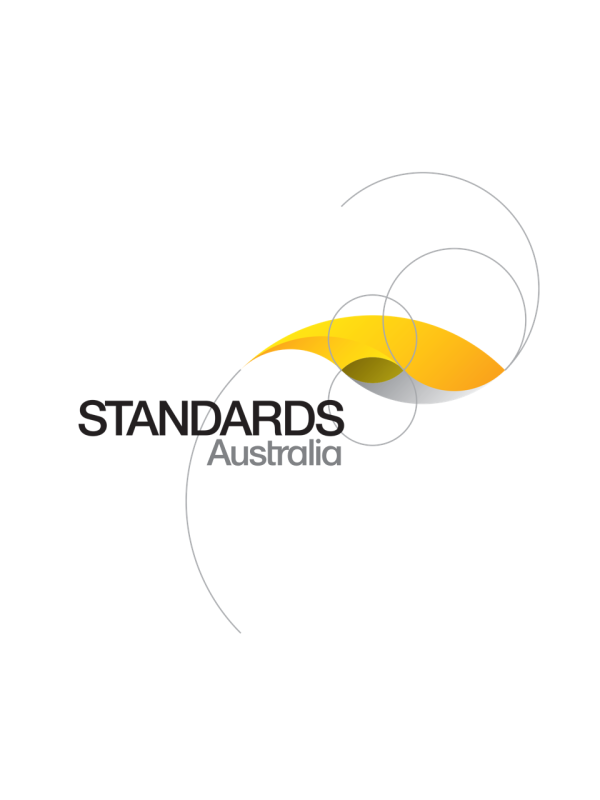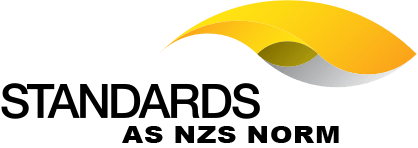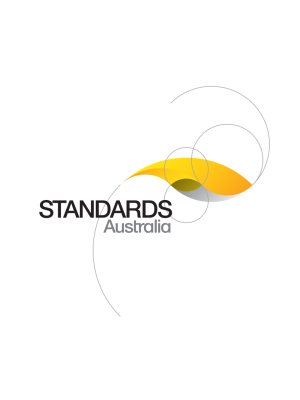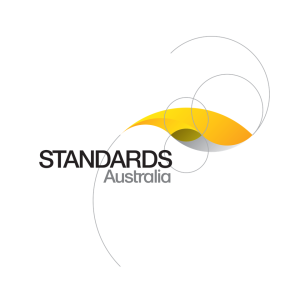🔍

Purchase the full subscription package now and enjoy a 40% discount, along with free updates for future editions.
AS/NZS ISO 2789:2016
$193.75
Information and documentation — International library statistics
Adopts ISO 2789:2013 to specify rules for the library and information services community on the collection and reporting of statistics.
Table of contents
Header
About this publication
Preface
Introduction
1 Scope
2 Terms and definitions
2.1 Libraries
2.2 Library services and use
2.3 Collections
2.4 Access and facilities
2.5 Management
2.6 Funding and expenditure
2.7 Library staff
3 Current tasks of libraries
3.1 General
3.2 Types of libraries
3.3 Changes in user activities
3.3.1 Activities inside the library premises
3.3.2 Activities outside the library premises
4 Uses and benefits of statistics
4.1 Background
4.1.1 General
4.1.2 Objectives
4.1.3 Quality
4.2 Developments in library practice
4.2.1 Contents of library statistics
4.2.2 Sampling
4.2.3 Data for performance measures
4.2.4 Electronic library services
4.2.5 Other developments
4.3 Selection of statistics for the library
4.4 Use of statistics
4.4.1 General
4.4.2 External communication
4.5 Presenting statistics to stakeholders
5 Reporting statistical data
5.1 General
5.2 Time period to which data refer
5.3 Data estimated by sample
6 Collecting statistical data
6.1 Libraries
6.1.1 Counting administrative units and libraries
6.1.2 Counting types of libraries
6.1.2.1 National library
6.1.2.2 Library of an institution of higher education
6.1.2.3 Special library
6.1.2.4 Public library
6.1.2.5 School library
6.1.2.6 Storage library
6.2 Services and use
6.2.1 General
6.2.2 Users
6.2.3 Lending services
6.2.3.1 Loans (excluding interlibrary lending)
6.2.3.2 Renewals
6.2.3.3 Physical units on loan
6.2.3.4 In-house-use
6.2.3.5 Physical units in use within the library
6.2.3.6 Reservations
6.2.4 Interlibrary lending
6.2.4.1 Interlibrary lending within the country
6.2.4.1.1 Interlibrary loan requests received from other libraries
6.2.4.1.2 Interlibrary loan requests made to other libraries
6.2.4.2 Interlibrary lending at the international level
6.2.4.2.1 Interlibrary loan requests received from other countries
6.2.4.2.2 Interlibrary loan requests made to other countries
6.2.4.3 Loans to exhibitions
6.2.5 Reference and informational questions
6.2.5.1 Reference questions
6.2.5.2 Informational questions
6.2.6 Copying
6.2.6.1 Photocopies and microforms produced by libraries
6.2.6.2 Photocopying by users (from non-electronic resources)
6.2.7 Electronic document delivery (mediated)
6.2.8 External document supply
6.2.9 Events organized by the library
6.2.9.1 Number of events
6.2.9.2 Attendances at events
6.2.10 Physical visits
6.2.11 User orientation and training
6.2.12 Use of electronic resources and services
6.2.12.1 Number of searches
6.2.12.2 Number of accesses
6.2.12.2.1 Number of rejected accesses (turnaways)
6.2.12.3 Number of downloads
6.2.12.4 Number of Internet accesses
6.2.12.5 Use of the digitized collection
6.2.13 Number of virtual visits
6.2.14 Services for mobile devices
6.2.14.1 Services for mobile devices offered by the library
6.2.14.2 Usage counts
6.2.15 Services for interactive use
6.2.15.1 Number of services and content units
6.2.15.1.1 Library hosted interactive services
6.2.15.1.2 Social network services
6.2.15.1.3 Contents units on social networks
6.2.15.2 Usage of interactive services
6.2.15.2.1 Library-hosted interactive services
6.2.15.2.2 Social network services in which the library partakes
6.2.16 Services for target populations with special needs
6.2.16.1 General
6.2.16.2 Special collections
6.2.16.3 Use of the special collections
6.2.16.4 Events for target populations with special needs
6.2.16.5 Long-term services for target populations with special needs
6.3 Collection
6.3.1 Introduction
6.3.2 Books and serials (printed material)
6.3.2.1 Stock
6.3.2.2 Additions
6.3.2.3 Withdrawals
6.3.3 Manuscripts
6.3.3.1 Stock
6.3.3.2 Additions
6.3.3.3 Withdrawals
6.3.4 Microforms
6.3.4.1 Stock
6.3.4.2 Additions
6.3.4.3 Withdrawals
6.3.5 Cartographic documents
6.3.5.1 Stock
6.3.5.2 Additions
6.3.5.3 Withdrawals
6.3.6 Printed music documents
6.3.6.1 Stock
6.3.6.2 Additions
6.3.6.3 Withdrawals
6.3.7 Audiovisual documents
6.3.7.1 Stock
6.3.7.2 Additions
6.3.7.3 Withdrawals
6.3.8 Graphic documents
6.3.8.1 Stock
6.3.8.2 Additions
6.3.8.3 Withdrawals
6.3.9 Patents
6.3.9.1 Stock
6.3.9.2 Additions
6.3.9.3 Withdrawals
6.3.10 Other library documents and items
6.3.10.1 Stock
6.3.10.2 Additions
6.3.10.3 Withdrawals
6.3.11 eBooks
6.3.11.1 Stock
6.3.11.2 Additions
6.3.11.3 Withdrawals
6.3.12 Other digital documents
6.3.12.1 Stock
6.3.12.2 Additions
6.3.12.3 Withdrawals
6.3.13 Databases
6.3.13.1 Stock
6.3.13.2 Additions
6.3.13.3 Withdrawals
6.3.14 Current serials received (at the end of the reporting period; all formats: print, microform, electronic)
6.3.14.1 In print or microform
6.3.14.2 Electronic serials
6.3.14.3 Serials in total
6.3.15 Free Internet resources
6.4 Access and facilities
6.4.1 Opening hours
6.4.2 Days open
6.4.3 User places
6.4.4 Public access workstations
6.4.5 Catalogue records
6.4.6 Reprographic facilities
6.4.7 eBook readers
6.4.8 Space
6.4.8.1 Net usable area for library functions
6.4.8.2 Net usable area by function
6.4.8.3 Gross floor area of library buildings
6.4.8.4 Shelf counts
6.5 Management
6.5.1 Cooperation
6.5.1.1 Cooperative projects
6.5.1.2 Partnership
6.5.2 Library staff research publications
6.5.3 Publications about the library
6.5.4 Preservation/conservation
6.5.5 Digitization
6.6 Funding and expenditure (during the reporting period)
6.6.1 Operating (ordinary) expenditure
6.6.1.1 On employees
6.6.1.2 On acquisitions
6.6.1.3 On external document supply and interlibrary lending
6.6.1.4 On collection maintenance
6.6.1.5 On premises
6.6.1.6 On information technology
6.6.1.7 On open access publishing fees
6.6.1.8 Miscellaneous
6.6.2 Capital expenditure
6.6.3 Income and funding
6.7 Library staff (at the end of the reporting period)
6.7.1 General
6.7.2 Total staff
6.7.2.1 Professional staff
6.7.2.2 Qualified specialist staff
6.7.2.3 Other staff
6.7.2.4 Student assistants
6.7.3 Volunteers
6.7.4 Staff training
6.7.5 Professional education
6.7.6 Staff allocation to service areas/working areas
6.7.7 Staff allocation to special services
6.7.7.1 Staff time spent on cooperative projects
6.7.7.2 Staff time spent on events
6.7.7.3 Staff time spent on preservation/conservation
6.7.7.4 Staff time spent on digitization of analogue materials
6.7.7.5 Staff time spent on services for mobile devices
6.7.7.6 Staff time spent on interactive services
6.7.7.7 Staff time spent on library evaluation
6.7.7.8 Staff time spent on preparation of training lessons
6.7.8 Library staff in institutional committees
Annex A
A.1 General
A.2 Extensions of given categories already defined in the main standard
A.2.1 Library use and users
A.2.1.1 Types of users
A.2.1.2 Other categories of loans
A.2.1.3 Reference questions
A.2.1.4 Informational questions
A.2.2 Collections and expenditure
A.2.2.1 Introduction
A.2.2.2 Subject
A.2.2.3 Mode of acquisition
A.2.2.4 Country of production
A.2.2.5 Language of document
A.2.2.6 Electronic collection
A.2.2.7 Access and facilities
A.3 Further categories (not included in the main text of this International Standard)
A.3.1 Introduction
A.3.2 Doctoral dissertations
A.3.3 Government documents
A.3.4 Rare materials collection
A.3.5 Indexing
A.3.6 Documents in institutional repositories
A.3.7 Publishing activities of libraries
A.3.8 Services for schools and pre-schools
A.3.8.1 General
A.3.8.2 Services
Annex B
B.1 General
B.2 Method 1:According to the population to be served
B.3 Method 2:Based on the previous year’s data
B.4 Method 3:Based on other available data
B.5 Variations
Annex C
Bibliography
Cited references in this standard
Content history
[Current]
[Superseded]
[Superseded]
DR AS/NZS ISO 2789:2016
Please select a variation to view its description.
| Published | 24/02/2016 |
|---|---|
| Pages | 71 |
Please select a variation to view its pdf.



